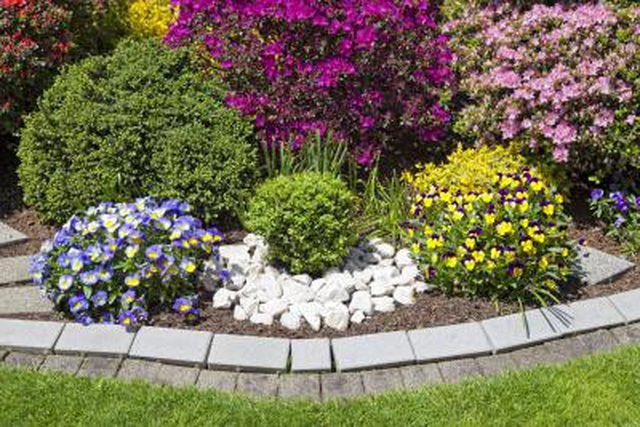Bulbs
Flower Basics
Flower Beds & Specialty Gardens
Flower Garden
Garden Furniture
Garden Gnomes
Garden Seeds
Garden Sheds
Garden Statues
Garden Tools & Supplies
Gardening Basics
Green & Organic
Groundcovers & Vines
Growing Annuals
Growing Basil
Growing Beans
Growing Berries
Growing Blueberries
Growing Cactus
Growing Corn
Growing Cotton
Growing Edibles
Growing Flowers
Growing Garlic
Growing Grapes
Growing Grass
Growing Herbs
Growing Jasmine
Growing Mint
Growing Mushrooms
Orchids
Growing Peanuts
Growing Perennials
Growing Plants
Growing Rosemary
Growing Roses
Growing Strawberries
Growing Sunflowers
Growing Thyme
Growing Tomatoes
Growing Tulips
Growing Vegetables
Herb Basics
Herb Garden
Indoor Growing
Landscaping Basics
Landscaping Patios
Landscaping Plants
Landscaping Shrubs
Landscaping Trees
Landscaping Walks & Pathways
Lawn Basics
Lawn Maintenance
Lawn Mowers
Lawn Ornaments
Lawn Planting
Lawn Tools
Outdoor Growing
Overall Landscape Planning
Pests, Weeds & Problems
Plant Basics
Rock Garden
Rose Garden
Shrubs
Soil
Specialty Gardens
Trees
Vegetable Garden
Yard Maintenance
How to Create Your Own Landscape Border
How to Create Your Own Landscape Border. A border serves several purposes in the landscape. The border prevents grass from spreading into the planting bed; keeps plant, mulch or stone in the bed and provides an aesthetic boundary between beds and lawn areas. An edge also gives the lawn and landscape a finished, manicured appearance. Installing a...
A border serves several purposes in the landscape. The border prevents grass from spreading into the planting bed; keeps plant, mulch or stone in the bed and provides an aesthetic boundary between beds and lawn areas. An edge also gives the lawn and landscape a finished, manicured appearance. Installing a landscape border requires some planning, work and expense. When done properly, however, the border saves you working to keep the landscape and lawn attractive.
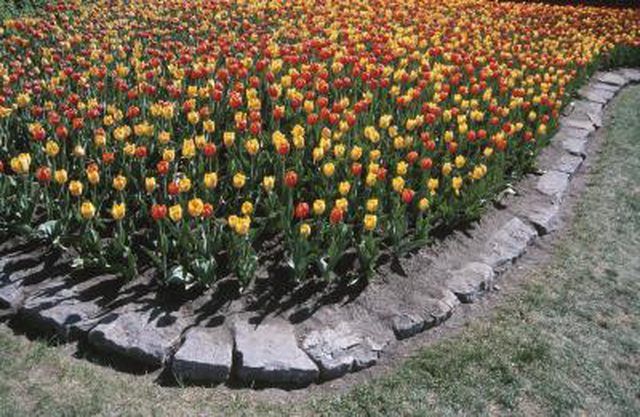
Things You'll Need
Hose
Tape measure
Edging material
Spade
Mallet
Step 1
Select a border material. Small boulders and cut pieces of wood work well in a natural design. Bricks, formed concrete, metal and plastic edging function as borders in formal designs. Match the material to your home and landscape.
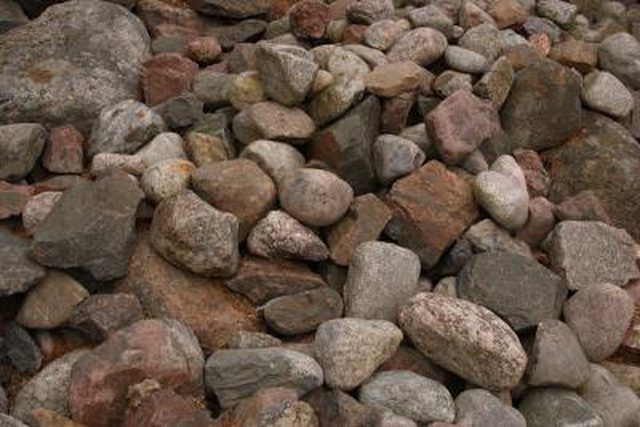
Step 2
Mark the boundary line. Use a hose, string or spray paint where you want the border. Make the edge curved for a natural bed or straight in a formal landscape.
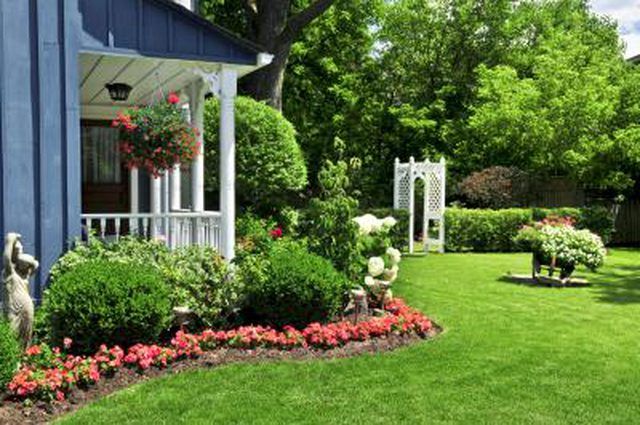
Step 3
Measure the length of the edge. Figure how much edging material you will need based on the length. For example, a 12-foot border would require about 36 small, approximately 4-inch wide stones.
Step 4
Cut an edge around the bed with a spade. Remove soil, grass and weeds. Make the edge approximately 2 inches deep. It should resemble a small trench.
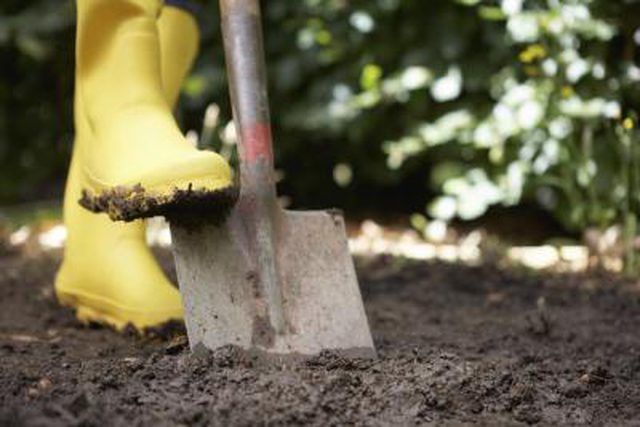
Step 5
Install the border material. For staked borders or metal, pound the border into the ground with a mallet. Arrange rocks, concrete and bricks to fit together. Place them one at a time and tap down with a mallet.
